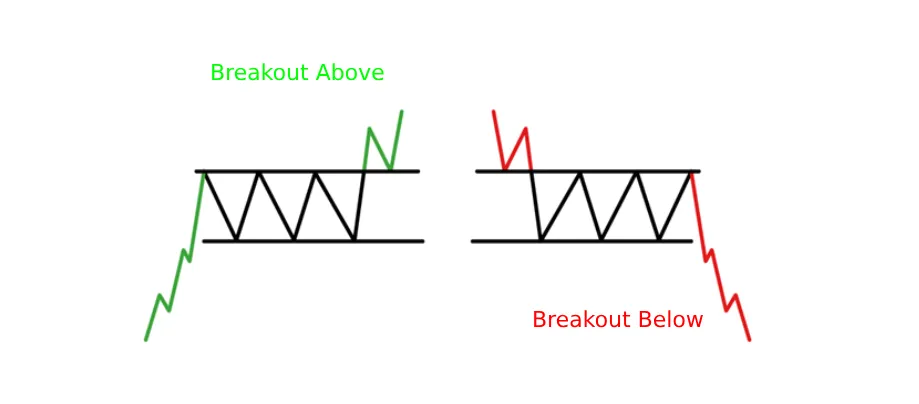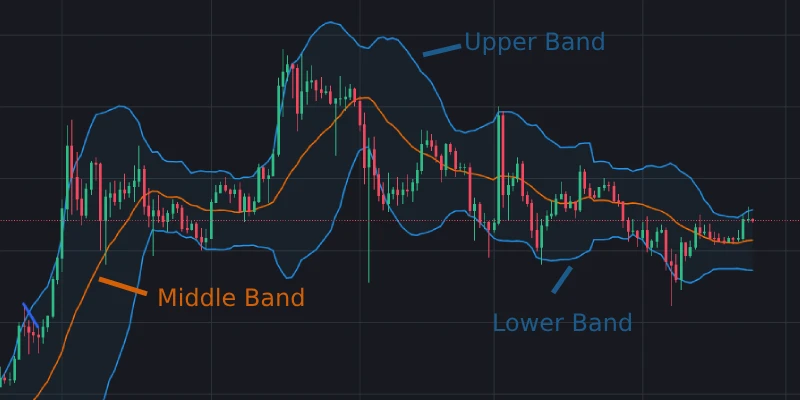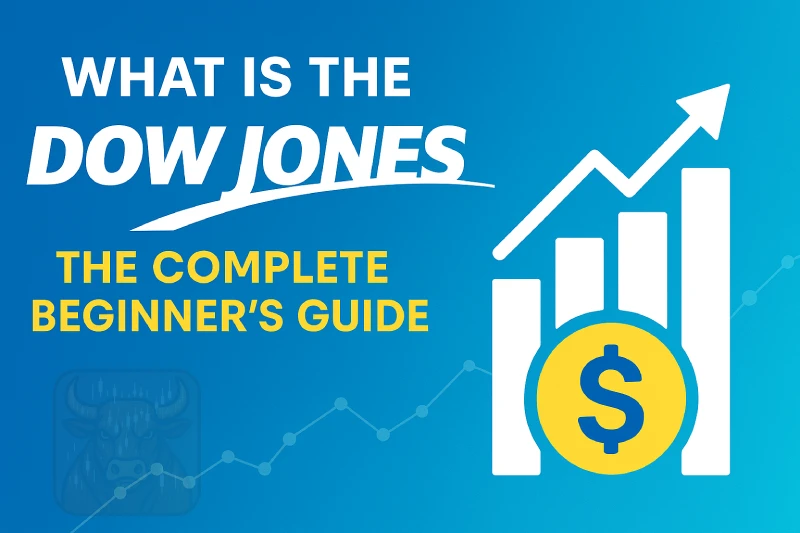📊 “What is the P/B Ratio? Price-to-Book Formula & Examples Explained”

If you’ve ever wondered how value investors spot undervalued stocks, the Price-to-Book (P/B) ratio is one of their most trusted tools. But what exactly does this ratio measure, and how can you use it to find potential investment gems?
In this comprehensive guide, we’ll break down:
✅ What P/B ratio is and why it matters
✅ The exact P/B ratio formula (with examples)
✅ How to interpret P/B values like a pro
✅ When to use (and avoid) the P/B ratio
✅ How it compares to P/E, P/S, and other metrics
By the end, you’ll be calculating and using P/B ratios like a seasoned investor. Let’s dive in!
📚 P/B Ratio: The Basics
Definition:
The Price-to-Book (P/B) ratio compares a company’s market value (price) to its book value (net assets). It answers: “Is this stock trading for more or less than its actual worth on paper?”
📌 Key Components:
- Market Price per Share (What investors are paying)
- Book Value per Share (Company’s net asset value)
🧮 How to Calculate P/B Ratio (The Exact Formula)
The Standard P/B Formula:
P/B Ratio = Market Price per Share / Book Value per ShareStep-by-Step Calculation:
1️⃣Find the company’s total book value
- Total Assets – Total Liabilities = Book Value
2️⃣Calculate book value per share
- Book Value / Outstanding Shares = BVPS
3️⃣Get the current share price
- Check any financial website (Yahoo Finance, Bloomberg)
4️⃣Divide price by BVPS
📊 Example Calculation:
- Company XYZ:
- Share price: $50
- Total assets: $10 billion
- Total liabilities: $6 billion
- Shares outstanding: 100 million
- Book Value = $10B – $6B = $4B
- BVPS = $4B / 100M shares = $40
- P/B = $50 / $40 = 1.25
💡 Pro Tip: Many financial sites calculate this automatically – but it’s crucial to understand what’s behind the numbers!
🔍 How to Interpret P/B Ratio Values
| P/B Range | Interpretation | What It Means |
|---|---|---|
| < 1.0 | Undervalued | Trading below book value |
| 1.0-3.0 | Fair Value | Typical for most companies |
| > 3.0 | Overvalued | High growth expectations |
| Negative | Trouble | Liabilities exceed assets |
📌 Important: A “good” P/B varies by industry (more on this below).
🏭 P/B Ratio by Industry (What’s Normal?)
Different industries have different typical P/B ranges:
| Industry | Typical P/B Range | Why? |
|---|---|---|
| Banks | 0.5-1.5 | Asset-heavy, regulated |
| Tech | 3.0-10.0 | Growth expectations |
| Manufacturing | 1.0-3.0 | Moderate asset needs |
| Pharma | 2.0-5.0 | IP value not fully reflected |
⚠️ Warning: Never compare a tech company’s P/B to a bank’s – they’re completely different beasts!
💡 When to Use P/B Ratio (Best Scenarios)
✅ Evaluating financial institutions (banks, insurance)
✅ Asset-heavy businesses (real estate, manufacturing)
✅ Distressed/cyclical companies
✅ Comparing similar companies in same industry
🚫 When P/B Can Mislead (Limitations)
❌ Service/tech companies (few physical assets)
❌ Companies with outdated assets (book value ≠ true value)
❌ Firms with significant intangible assets (brands, patents)
❌ During accounting changes (asset revaluations)
📌 Example: Coca-Cola’s brand value isn’t fully captured in book value.
🔄 P/B vs Other Valuation Metrics
| Metric | Best For | P/B Comparison |
|---|---|---|
| P/E | Earnings power | P/B better for asset-heavy firms |
| P/S | Revenue growth | P/B more conservative |
| P/FCF | Cash generation | P/B shows asset backing |
💡 Smart Investor Move: Use P/B alongside 2-3 other metrics.
🎯 3 Powerful Ways to Use P/B Ratio
1️⃣ The Benjamin Graham Approach
- Look for P/B < 1.5 + P/E < 15 (classic value investing)
2️⃣ Sector Bargain Hunting
- Find lowest P/B stocks in an industry
3️⃣ Financial Health Check
- Consistently declining P/B may signal trouble
⚠️ 5 Common P/B Mistakes
❌ Comparing across industries
❌ Ignoring intangible assets
❌ Using outdated book values
❌ Overlooking debt levels
❌ Forgetting about growth prospects
❓ P/B Ratio FAQs
❔ What’s a “good” P/B ratio?
Depends on industry – under 1.0 for banks may be great, while under 5.0 for tech could be cheap.
❔ Can P/B be negative?
Yes – when liabilities exceed assets (red flag!).
❔ Why do some stocks have very high P/B?
Investors expect future growth beyond current assets (common in tech).
❔ How often does book value update?
Officially at quarterly reports – but assets can change value daily.
❔ Is P/B useful for crypto?
No – cryptos lack traditional “book value.”
📌 Key Takeaways
✔ P/B compares price to net asset value
✔ <1 may be undervalued, >3 often overvalued
✔ Best for asset-heavy businesses
✔ Always compare to industry peers
✔ Use with other metrics for best results
🚀 Next Steps for Smart Investors
Now that you understand P/B ratios:
- Screen for low P/B stocks in your target sector
- Analyze why the P/B is low (opportunity or trap?)
- Combine with other metrics like P/E and ROE
- Monitor changes in book value over time
💡 Pro Tip: Bookmark this page and refer back when analyzing stocks!






